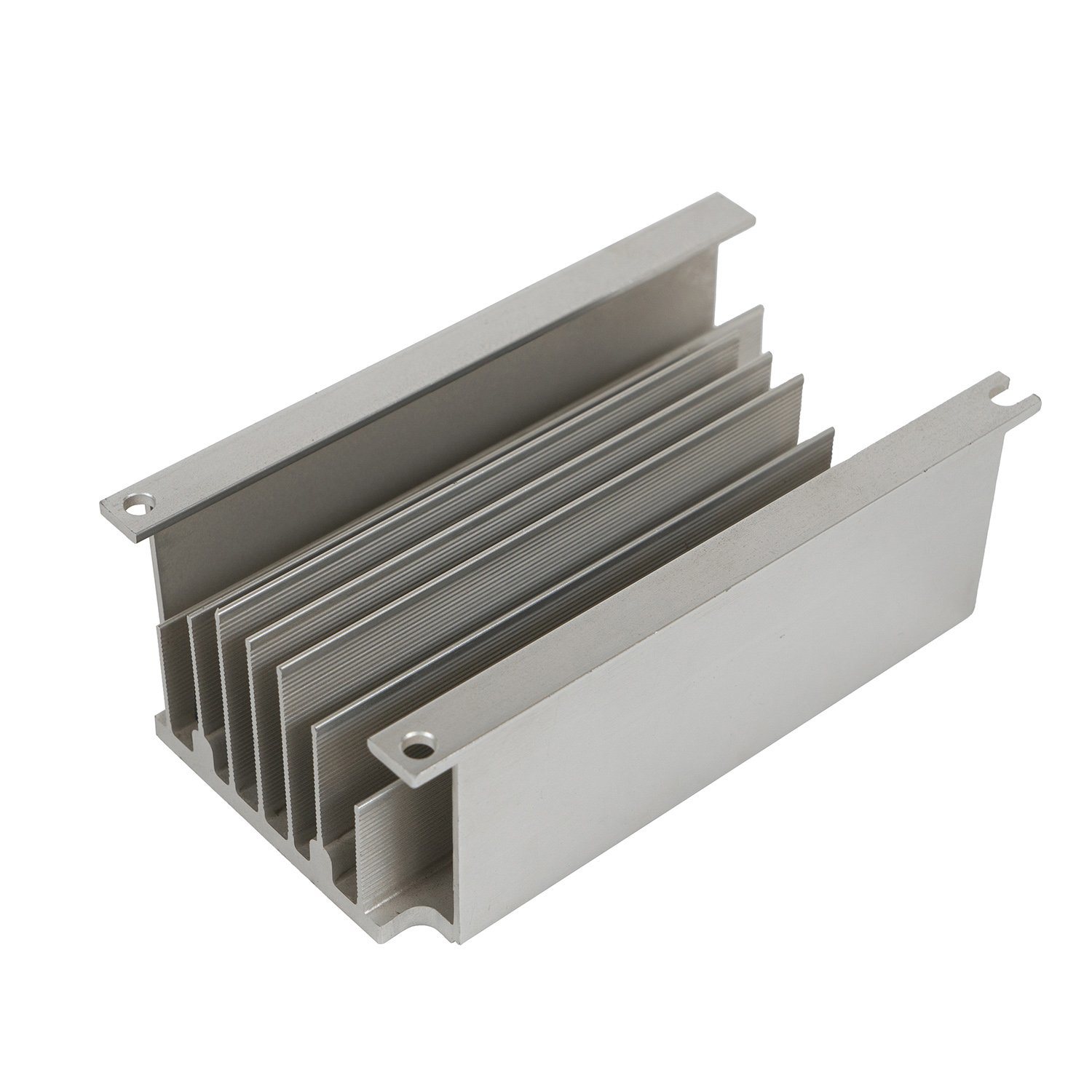Sheet Metal Forming
Making objects from sheet metal is one of the earliest methods of human production. The Egyptians, for instance, made soft precious metals, such as gold, into sheets, from which they cut
sometimes highly intricate forms.
One of the most refined applications for sheet-metal forming can be found in the production of the common whistle. Falling under the generic heading of solid-state forming, the production of whistles is an industrial craft, a multi-stage process that is based on the conversion of a sheet material into a three-dimensional object by cutting, press forming (see metal cutting,) and, finally, plating sheets of brass. However, this overly simplified description masks the fact that this is a precise method of industrial production that requires extremely high levels of tolerance to produce a whistle with the perfect pitch.
The basic geometry of a whistle's body consists of three parts: an underside, mouthpiece and top and side. The pieces of brass are stamped out to form the flat nets and are then pressed into shape using a male and female jig. These components are soldered together, polished and plated in nickel. The final simple step: a cork pea is pushed into the mouthpiece.
In any wind instrument, the sound is the result of air flowing at different rates over a very sharp edge,producing two vibrating columns of air. After 135 years, Acme Whistles,in Birmingham in the UK, has tailored this highly precise process into an art form, producing a reject rate of just 3 per cent for their whistles. Considering the potential for the slightest, sometimes invisible, imperfection to produce the wrong sound, this really is a feat of crafted industrial manufacturing.
The Acme Thunderer is shown here in its pre-assembled state, and before it is nickel-plated.This shows how many formed components go into making the final product.
Volumes of production
This is a semi-automated method, so it can be used for production runs of greatly varying lengths.
Unit price vs capital investment
This varies greatly, depending on the set-up and the volume of production required. Jewellers can use simple tools requiring very little investment. By contrast, millions of pounds would be needed to set up a production process for the whistle (pictured).
Speed
Varies according to set-up. The Acme Thunderer featured here takes up to three days to produce.
Surface
Generally, this is dependent on the finish of the sheet material, though polishing and painting are often required.
Types/complexity of shape
The nature of this type of set-up allows jigs to be built to accommodate a range of quite complex shapes.
Scale
There is no maximum size for sheet forming.
Tolerances
Can be extremely high. In order to achieve perfect pitch in the whistle, tolerances are ± 0.0084 millimeters.
Relevant materials
Soft metals such as brass, copper and aluminium are particularly easy to form, but any sheet metal can be used.
Typical products
Sheet-metal forming is used to produce a number of products in a variety of industries - they range from brass musical instruments to computer housings and car bodies.
Similar methods
Other processes that give form to flat sheets of metal include metal spinning, stamping and punching (see metal cutting, p 59), water-jet cutting (p.42), laser cutting (p 46) and CNC folding, a
process in which sheet material, usually metal, is folded into different shapes -think of a biscuit tin.
Sustainability issues
As this process is largely automated it consumes a fair amount of energy while the numerous stages of production can increase cycle times. However, excess or metal off-cuts can be recycled back into the process; aluminium is one of the most recycled materials.






